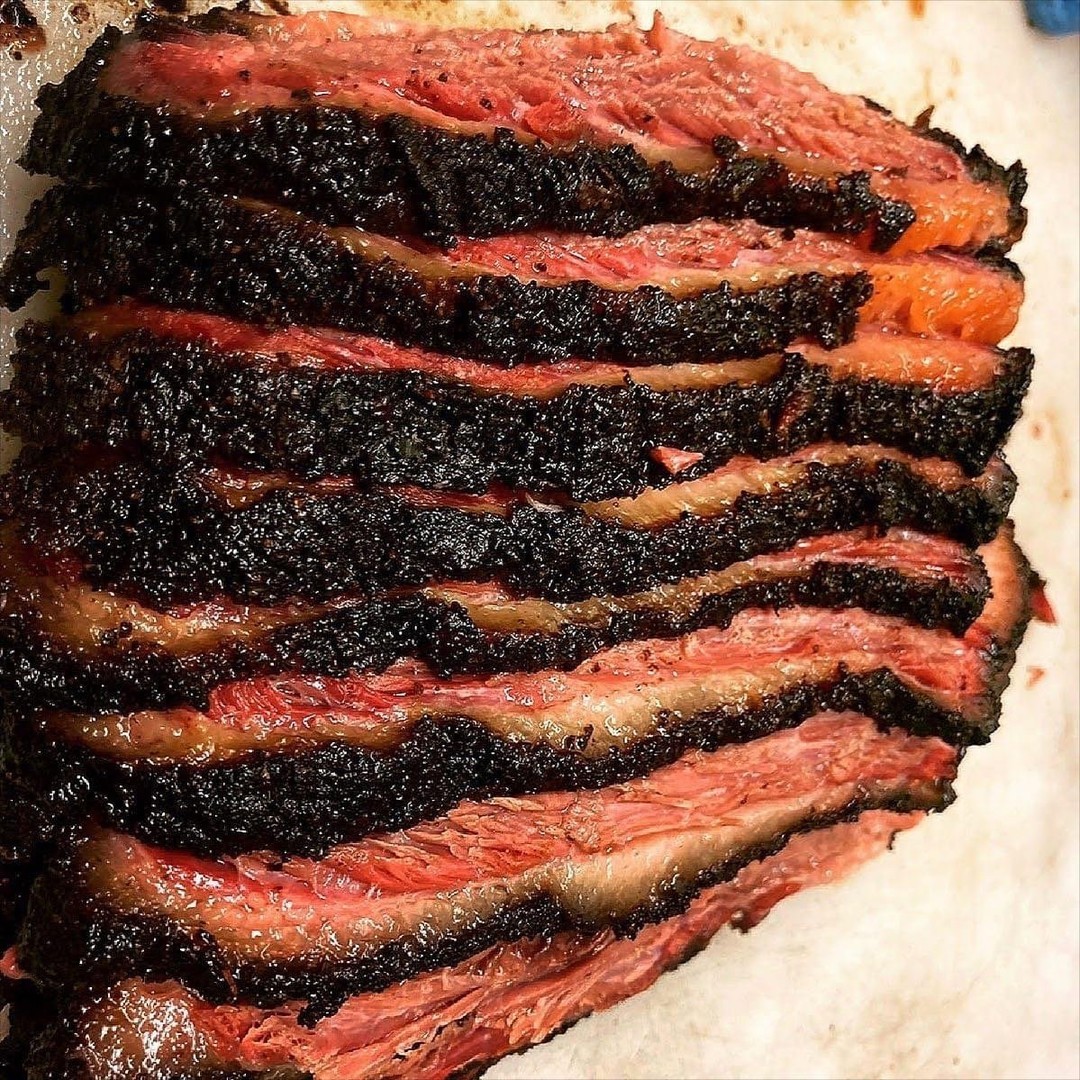You’ve spent 12 hours babysitting that brisket.
You’ve tended the fire like it’s your firstborn.
And when you finally slice in – bam. Tough brisket.
Every pitmaster has been there. You’re ready for melt-in-your-mouth perfection, but your brisket fights back like shoe leather. The good news? You didn’t ruin it – you just didn’t finish it.
Let’s break down why brisket gets tough, what it actually means, and how to fix it (or prevent it next time). Grab your tongs and your favorite wood chunks – class is in session.
Understanding Brisket: A Naturally Tough Cut
Brisket comes from the cow’s chest – a muscle that supports nearly 60% of its body weight.
That’s a whole lot of work, and all that work builds collagen, connective tissue, and thick muscle fibers.
In plain English: brisket isn’t born tender. It’s a tough customer from the start.
That’s why low and slow cooking isn’t just tradition – it’s science.
Inside that slab are two main parts:
- The Flat: lean, structured, and the part most folks slice.
- The Point: fattier, juicier, full of flavor.
When cooked right, collagen melts into gelatin, turning that dense meat into buttery slices.
When cooked wrong… you get the jaw workout from hell.

The Main Reasons Brisket Turns Out Tough
If you’ve ended up with a tough brisket, one (or more) of these culprits is probably to blame.
Let’s dissect them – like a brisket autopsy, but with better lighting.
1. Undercooking: Collagen’s Not Ready Yet
Most tough brisket isn’t overcooked – it’s undercooked.
Brisket needs time for collagen to melt into gelatin, and that magic only happens once it hits about 195°F–203°F internal temperature.
If you pull it too early, the collagen is still solid, leaving you with that rubbery, chewy bite.
Signs of undercooked brisket:
- It’s bendy but not soft.
- Juices are clear, not rich or sticky.
- Your knife feels like it’s cutting through a tennis ball.
Fix it: Wrap it back up in foil or butcher paper, pop it back into your smoker or oven, and let it ride another hour or two at 225°F.
Patience isn’t optional – it’s the ingredient that separates pitmasters from quitters.
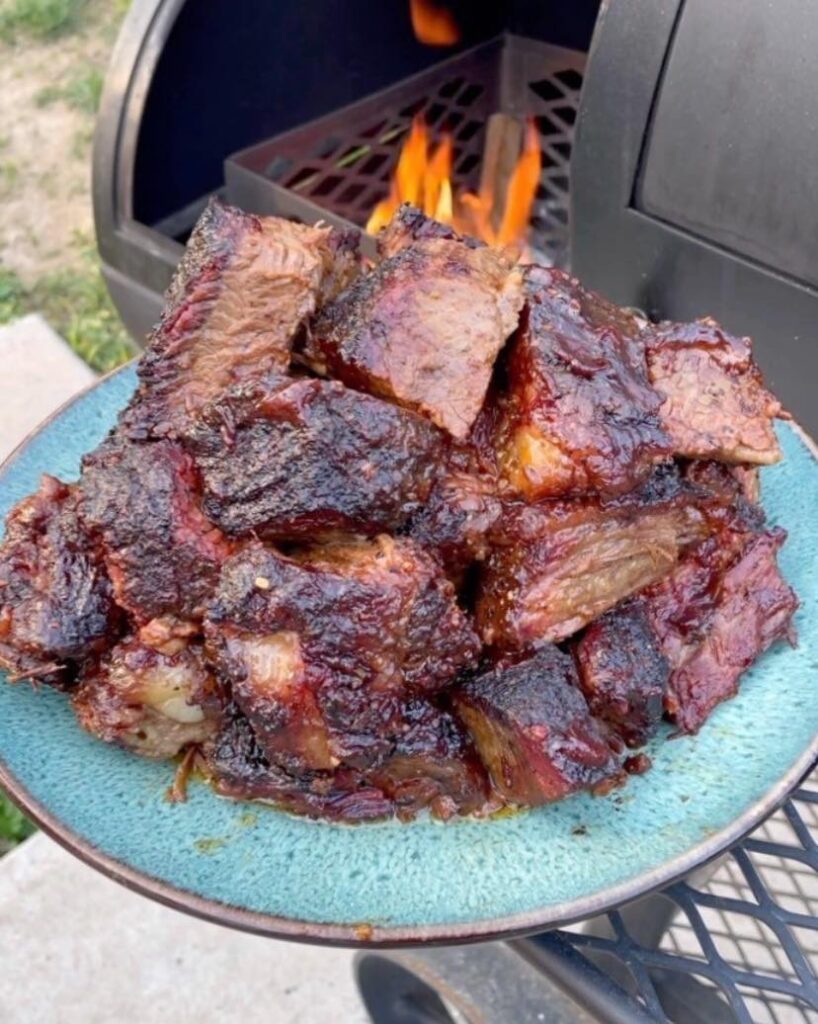
2. Overcooking: The “Crumble Zone”
On the flip side, go too far, and your brisket crosses from chewy to chalky.
Once the meat passes 210°F, muscle fibers start breaking down completely, squeezing out all moisture.
Overcooked brisket feels dry, stringy, and falls apart before you can slice it.
Fix it:
- Slice it thin.
- Serve it with sauce or broth to rehydrate the fibers.
- Or shred it for sandwiches – it’ll still taste great with a smoky bark.
Remember, texture can’t always be saved, but flavor can always be rescued.
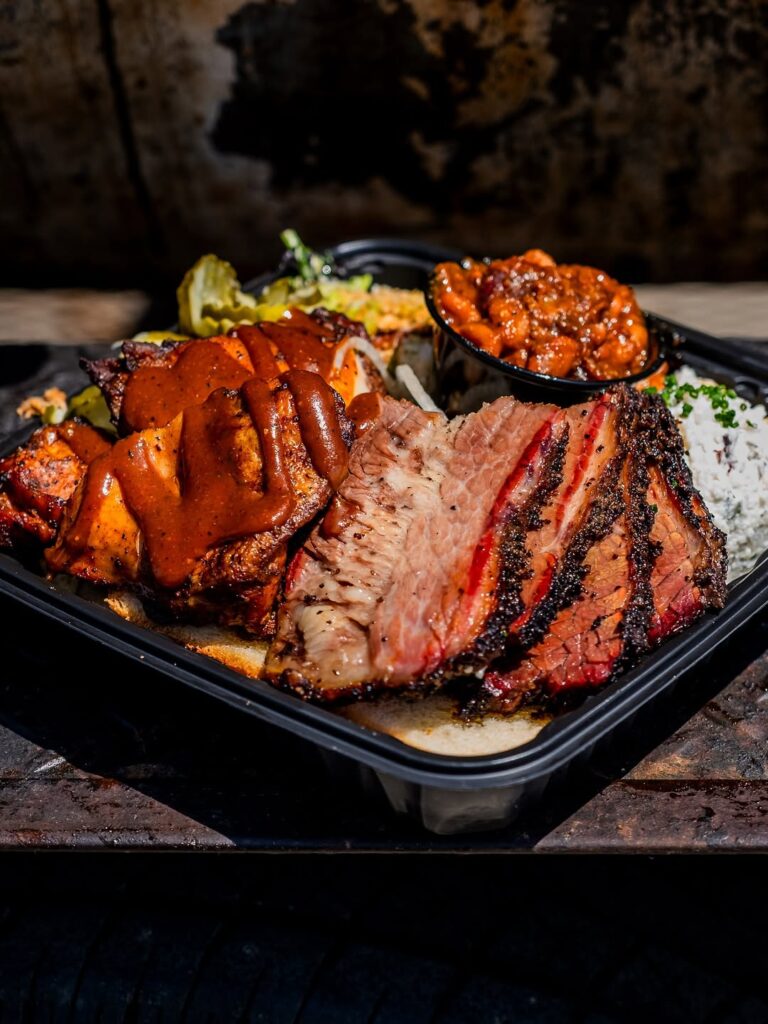
3. Not Letting It Rest
Here’s a rookie mistake that ruins even a perfectly cooked brisket: slicing too soon.
The meat needs to rest – and not just a few minutes.
Resting lets the juices redistribute and the collagen finish its job. Cut too early, and those juices gush out like a barbecue crime scene.
Fix it:
Let your brisket rest for at least one hour, ideally two, wrapped in foil or butcher paper and placed inside a cooler or warm oven.
It’ll stay hot and tender, and you’ll thank yourself later.
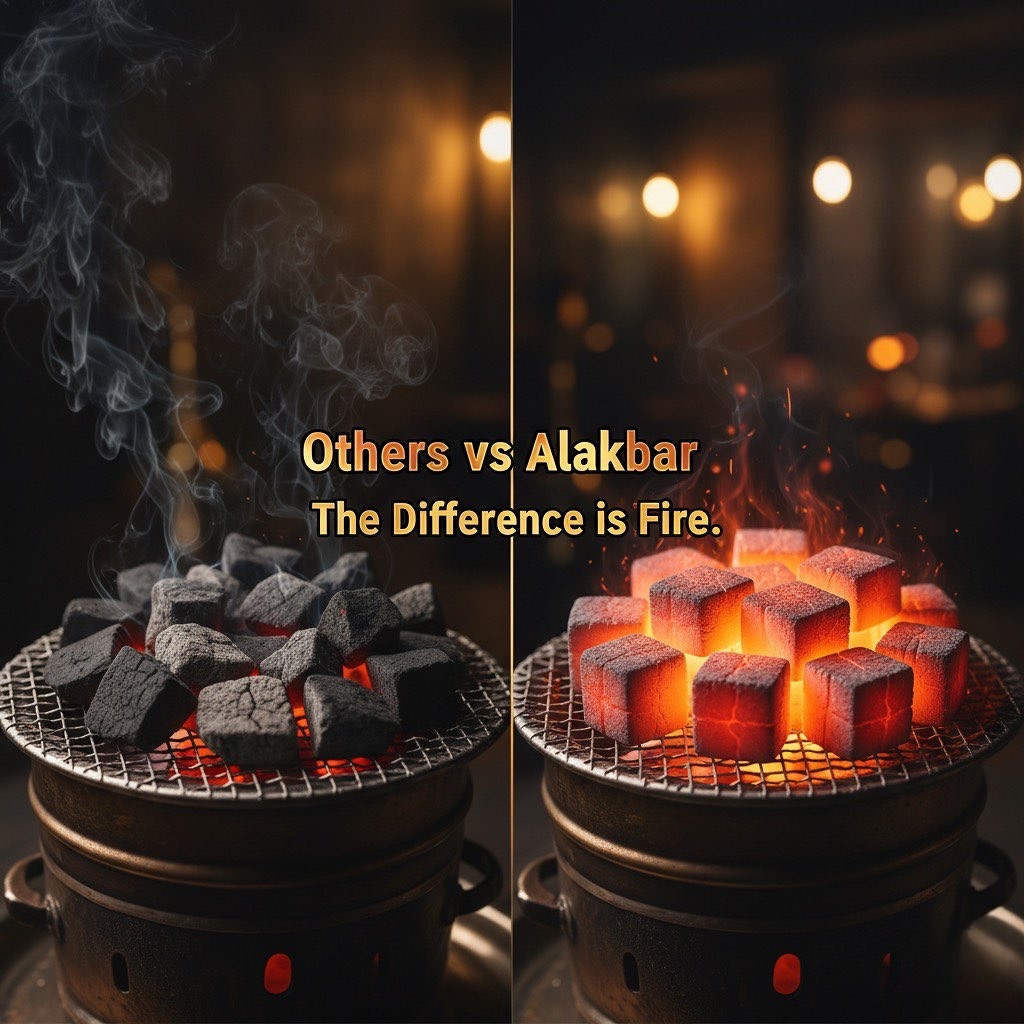
4. Inconsistent Heat or Wrong Cooking Temperature
Low and slow means consistent, gentle heat – around 225°F to 250°F.
If your smoker keeps spiking or dropping, the meat’s collagen breaks down unevenly.
Think of brisket like a marathon runner – it hates sprints.
Jumping temps cause tough pockets and uneven texture.
Fix it:
- Use a good thermometer – don’t trust the lid gauge.
- Keep your fire steady with quality charcoal or hardwood. Applewood gives a sweet, mellow smoke; oak burns steady and neutral; mesquite’s bold but can bite if overused.
The right fuel gives you clean smoke, steady heat, and even cooking – the trifecta of brisket success.
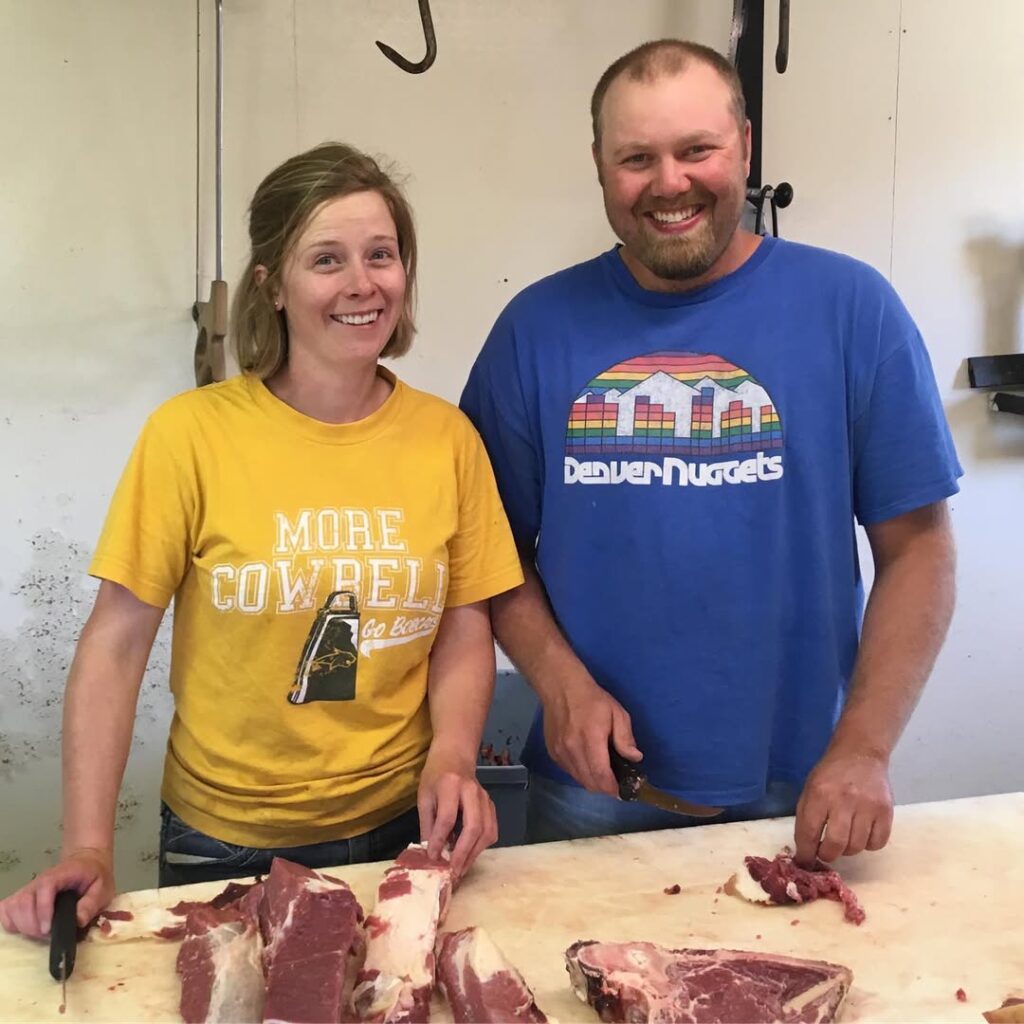
5. Cutting the Wrong Way (With the Grain)
This one’s simple: cut it wrong, and you undo hours of good work.
Brisket’s muscle fibers run long, and cutting with the grain means each bite is fighting those fibers.
That’s where chewiness comes from – even on a tender brisket.
Fix it:
Before cooking, study the grain. Make a small cut in the raw brisket to mark the direction.
After cooking, rotate the meat and slice against the grain into pencil-thick slices.
You’ll feel the difference immediately – your knife glides instead of saws.
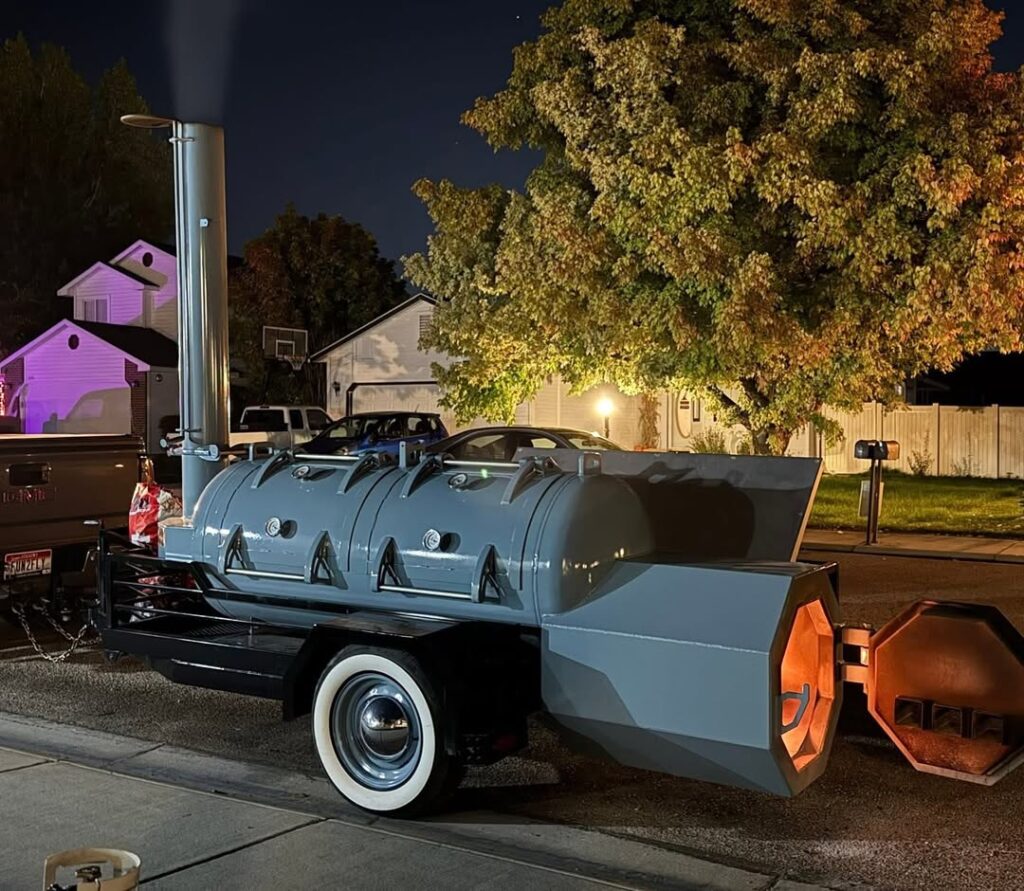
6. The Stall: Losing Patience at 160°F
Every brisket hits “the stall.”
Around 150–170°F, the meat sweats – evaporation cools it down, and the internal temp stops rising. It feels like time froze.
This is where amateurs panic. They crank the heat. They open the lid. They ruin the bark.
And they end up with – you guessed it – tough brisket.
Fix it:
Wrap it in foil or butcher paper – the Texas Crutch – and ride it out.
The wrap traps moisture and pushes the brisket through the stall without drying it out.
Remember: the stall isn’t failure. It’s just physics with a sense of humor.
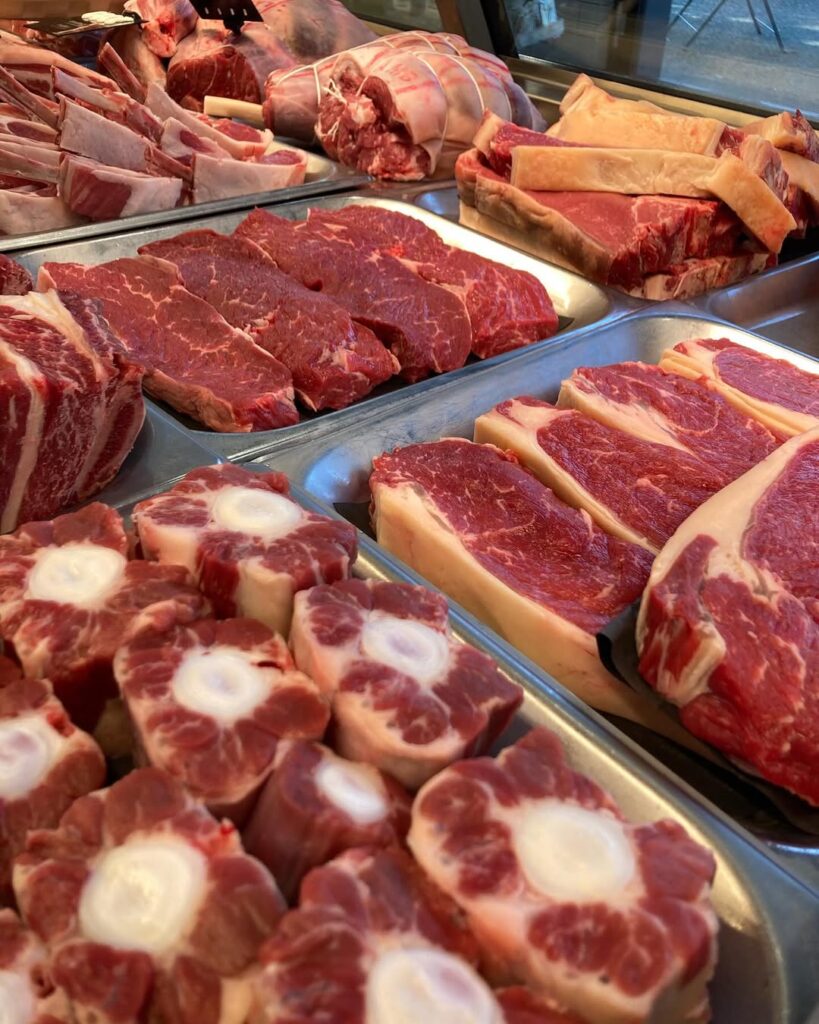
7. Poor Quality or Badly Trimmed Meat
You can’t turn shoe leather into steak.
If your brisket is low-grade with no marbling, it’ll never hit that juicy tenderness you dream of.
Choose USDA Choice or Prime brisket. The marbling (intramuscular fat) keeps the meat moist and flavorful.
Also, trim excess fat to about ¼ inch – enough to protect the meat, but not so thick that smoke can’t do its job.
Tip: Brisket quality is like choosing your wood – start with good stuff, and your cook gets easier from there.
How to Fix a Tough Brisket (and Prevent It Next Time)
Okay, so your brisket fought back. Don’t panic. You’ve still got options.
If It’s Already Cooked and Tough
You can’t uncook it, but you can rescue it.
Here’s how:
- Slice thinly across the grain to shorten those muscle fibers.
- Simmer slices in beef broth or BBQ sauce for 20 minutes to reintroduce moisture.
- Shred it for tacos, sandwiches, or chili – it’ll taste intentional.
Tough brisket isn’t a tragedy; it’s a learning experience wrapped in butcher paper.
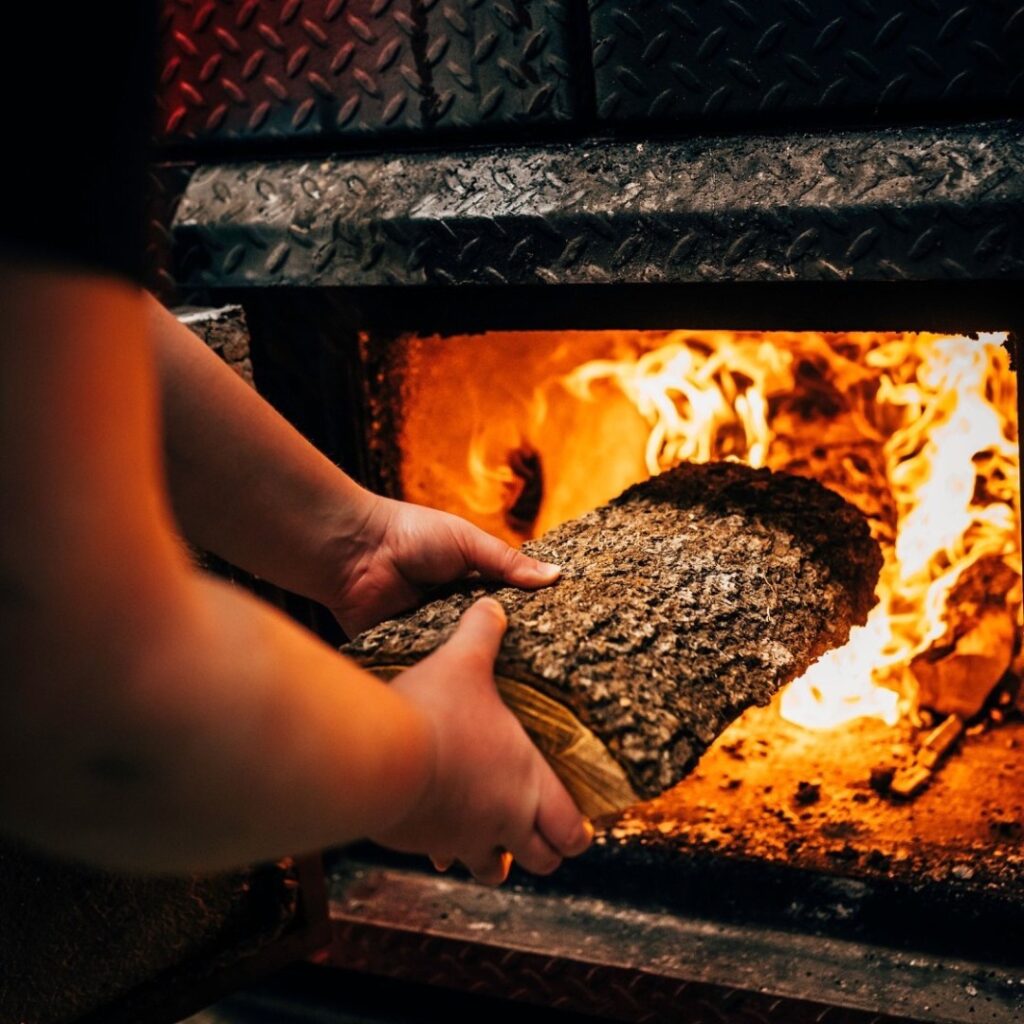
If You’re Cooking Again — Prevention Is the Cure
Here’s your cheat sheet for tender, smoky perfection:
- Low and slow: 225°F–250°F, about 1–1.25 hours per pound.
- Internal temp: Pull it at 195–203°F.
- Rest: One to two hours minimum.
- Probe test: It should slide in “like butter.”
- Consistent smoke: Use steady, clean-burning charcoal or hardwood chunks – avoid cheap fuel that burns dirty or erratic.
Remember: your smoker’s job is consistency. Your job is patience.
Bonus Tips for Brisket Nirvana
- Add a water pan to your smoker to keep humidity high.
- Inject or marinate for deeper flavor and moisture retention.
- Wrap in butcher paper (not foil) to preserve bark and prevent steaming.
- Rotate your brisket occasionally to even out hot spots, especially with charcoal grills.
Every small move you make helps collagen melt a little smoother and bark form a little tighter.
The Science Behind Tender Brisket
Here’s the nerdy truth:
Brisket tenderness comes from collagen converting into gelatin.
At lower temps, collagen is a stubborn rope. As heat and time work their magic, it melts into a silky, flavorful jelly that lubricates each bite.
Fat slowly renders too, basting the meat from within.
That’s why brisket is the holy grail of barbecue. It’s not about flash – it’s about control.
Perfect brisket happens when science and smoke shake hands.
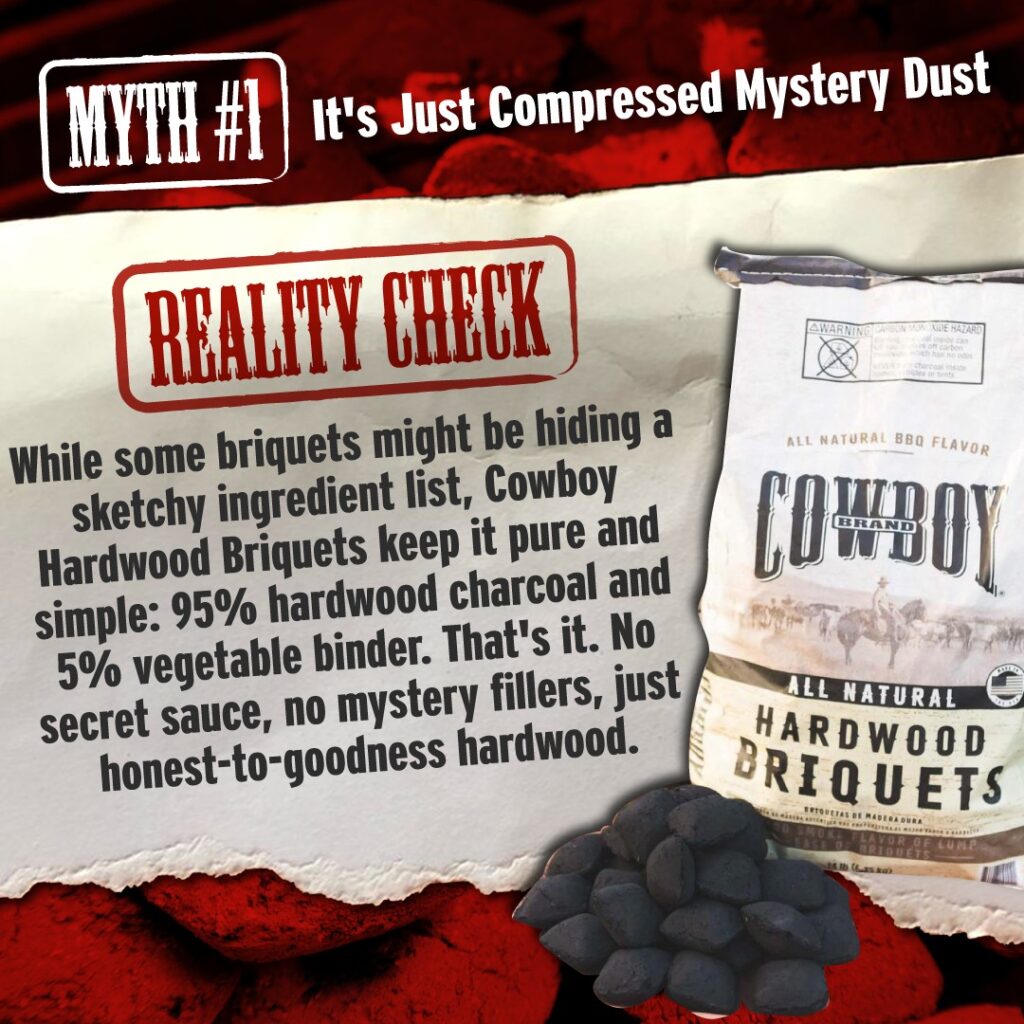
Common Myths About Tough Brisket
Let’s clear up some backyard folklore:
Myth 1: “If it’s tough, it’s overcooked.”
Nope. Nine times out of ten, tough means undercooked. Keep it on the heat longer.
Myth 2: “Wrapping ruins the bark.”
False. Butcher paper keeps the bark dry while still pushing through the stall.
Myth 3: “High heat gives better bark.”
Try that once, and you’ll end up with burnt edges and a dry center. Slow and steady always wins the smoke race.
Why Your Fuel Choice Matters
Let’s talk fuel – because your brisket is only as good as your fire.
Good charcoal and wood give you steady heat, clean smoke, and subtle flavor. Bad fuel gives you chemical-tasting bark, temperature swings, and a headache.
- Lump charcoal: Burns hot and clean – perfect for long cooks when paired with wood chunks.
- Briquettes: Offer consistency, but choose all-natural – no fillers or weird smells.
- Hardwoods: Oak, hickory, and pecan are classics. Applewood adds sweetness; cherry deepens color.
If your brisket is tough and your smoke smells bitter, your fuel’s telling on you.
Choose premium wood or charcoal, and half your “brisket problems” disappear before you even light the pit.
The Brisket Redemption Arc
Here’s the truth every pitmaster learns the hard way:
Tough brisket isn’t failure – it’s feedback.
You’re not just cooking meat. You’re learning how heat, smoke, and patience dance together.
And sometimes, that dance has a few missteps.
Next time, you’ll hold the temp steady, pick better wood, wrap at the stall, and rest longer than you think you need to.
And when your knife glides through that brisket like warm butter, you’ll know: the lesson was worth it.
So, the next time someone complains their brisket’s tough, you can smile, take a sip of sweet tea, and say—
“Don’t worry, that’s just the meat’s way of telling you to slow down.”
Featured image credit: Credit: @mybigleesbbq

